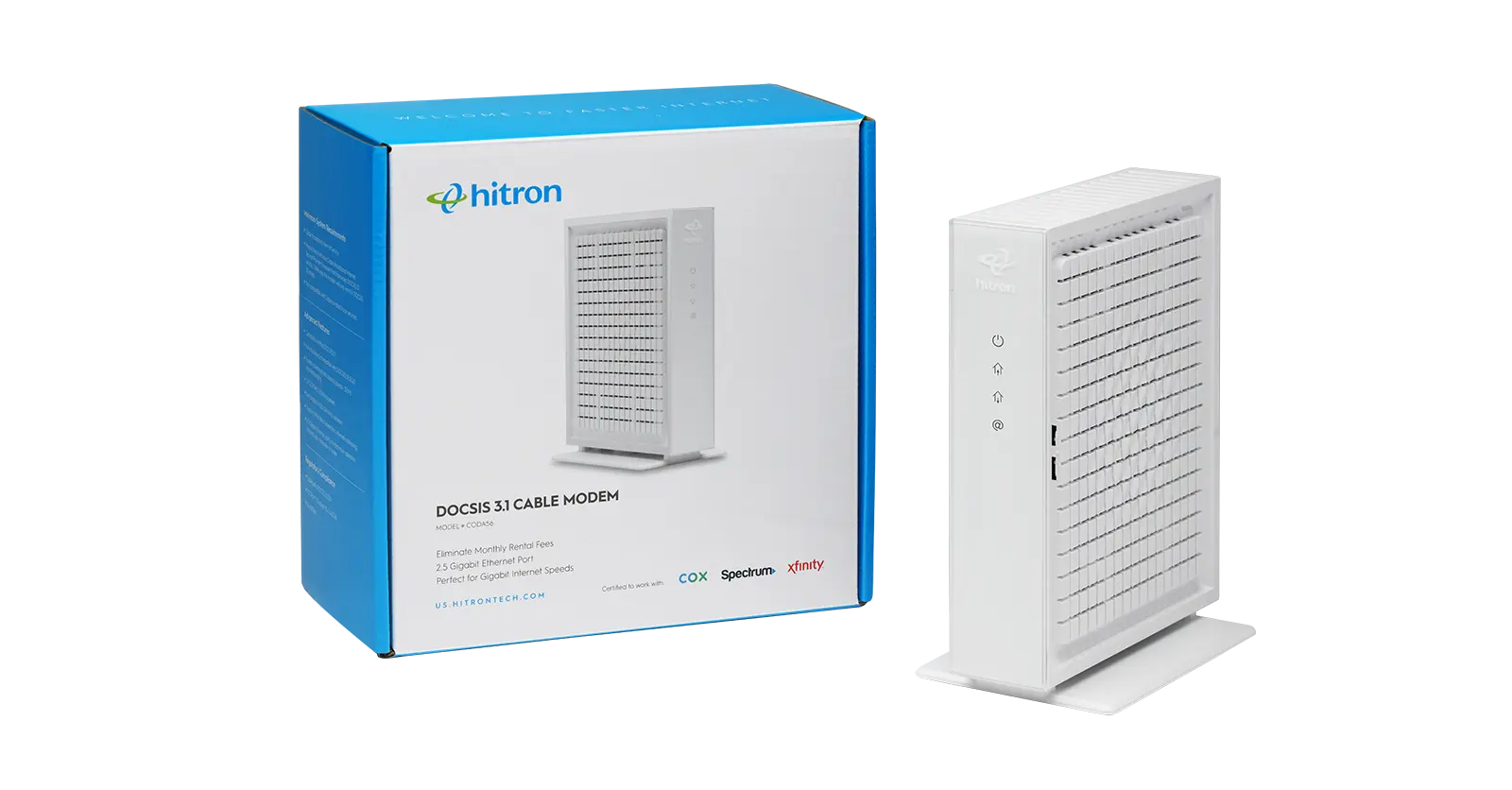MU-MIMO is a feature of today’s WiFi that makes your wireless Internet usage better. Here’s what you need to know about MU-MIMO and its advantages.
What is MU-MIMO & How does it work?
MU-MIMO stands for Multi-User, Multi-Input, Multi-Out. It is a feature that was introduced with WiFi 5 (IEEE 802.11ac) and has advanced with WiFi 6 (IEEE 802.11ax). This technology lets WiFi users, antennas, and access points communicate with one another all at the same time. Whereas, in the past, multiple data streams had to take turns sending and receiving signals to communicate.
Here’s an example on how it works:
Let’s say you are connected to a WiFi network, and you are experiencing congestion. Your devices run slower, your Internet connection is delayed, things suffer overall. Likely, this is caused by an access point in the network only serving one client at a time. In other words, each device must wait in line to send and receive data from the Internet. As new devices try to connect, the longer the wait time becomes.
This is where MU-MIMO enters to save the day.
For MU-MIMO to work, both the user’s device and access point need to have multiple radio antenna chains (or streams) that are identical and separated. This allows the access point to receive radiofrequency as it transmits out. MU-MIMO streams are measured like this: 1×1 = support for one stream in each direction to send and receive transmitted data, 2×2 = support for two streams in each direction, and so on. The more stream channels, the faster data can be transmitted and received for a better wireless experience.
What are the Benefits of MU-MIMO?
MU-MIMO has several benefits that can enhance your WiFi network. Things like:
- Constant, reliable signal even if multiple devices connect to the same network at the same time.
- Increased network capacity allows the access point to handle bandwidth-heavy activities like streaming and gaming.
- Support for any channel width makes your network run faster by serving multiple clients at once.
- Improved overall performance reduces latency and lag for things like video streaming, video calls, webinars, classes, entertainment activities and more.
Do You Need MU-MIMO?
MU-MIMO is a technology feature that makes WiFi performance faster and more efficient. Therefore, makes WiFi better. With more and more connected devices, your router will soon need the help of MU-MIMO to evenly distribute bandwidth to all your devices.
Depending on your situation, MU-MIMO may be the right move for you. If you have four or less MU-MIMO compatible devices (WiFi 5 or Wi-Fi 6 compatible) that connect to your network simultaneously, then a MU-MIMO router or cable modem router could be good for you.
For more information on home networking solutions and related topics, check out Hitron’s Learn Page.
Meta description: Multi-User, Multi-Input, Multi-Out (MU-MIMO) is a WiFi 5 & WiFi 6 feature that makes overall WiFi performance faster and more efficient. Learn more.
What is the Advantage of MU-MIMO?
MU-MIMO is a feature of today’s WiFi that makes your wireless Internet usage better. Here’s what you need to know about MU-MIMO and its advantages.
What is MU-MIMO & How does it work?
MU-MIMO stands for Multi-User, Multi-Input, Multi-Out. It is a feature that was introduced with WiFi 5 (IEEE 802.11ac) and has advanced with WiFi 6 (IEEE 802.11ax). This technology lets WiFi users, antennas, and access points communicate with one another all at the same time. Whereas, in the past, multiple data streams had to take turns sending and receiving signals to communicate.
Here’s an example on how it works:
Let’s say you are connected to a WiFi network, and you are experiencing congestion. Your devices run slower, your Internet connection is delayed, things suffer overall. Likely, this is caused by an access point in the network only serving one client at a time. In other words, each device must wait in line to send and receive data from the Internet. As new devices try to connect, the longer the wait time becomes.
This is where MU-MIMO enters to save the day.
For MU-MIMO to work, both the user’s device and access point need to have multiple radio antenna chains (or streams) that are identical and separated. This allows the access point to receive radiofrequency as it transmits out. MU-MIMO streams are measured like this: 1×1 = support for one stream in each direction to send and receive transmitted data, 2×2 = support for two streams in each direction, and so on. The more stream channels, the faster data can be transmitted and received for a better wireless experience.
What are the Benefits of MU-MIMO?
MU-MIMO has several benefits that can enhance your WiFi network. Things like:
- Constant, reliable signal even if multiple devices connect to the same network at the same time.
- Increased network capacity allows the access point to handle bandwidth-heavy activities like streaming and gaming.
- Support for any channel width makes your network run faster by serving multiple clients at once.
- Improved overall performance reduces latency and lag for things like video streaming, video calls, webinars, classes, entertainment activities and more.
Do You Need MU-MIMO?
MU-MIMO is a technology feature that makes WiFi performance faster and more efficient. Therefore, makes WiFi better. With more and more connected devices, your router will soon need the help of MU-MIMO to evenly distribute bandwidth to all your devices.
Depending on your situation, MU-MIMO may be the right move for you. If you have four or less MU-MIMO compatible devices (WiFi 5 or Wi-Fi 6 compatible) that connect to your network simultaneously, then a MU-MIMO router or cable modem router could be good for you.
For more information on home networking solutions and related topics, check out Hitron’s Learn Page.
